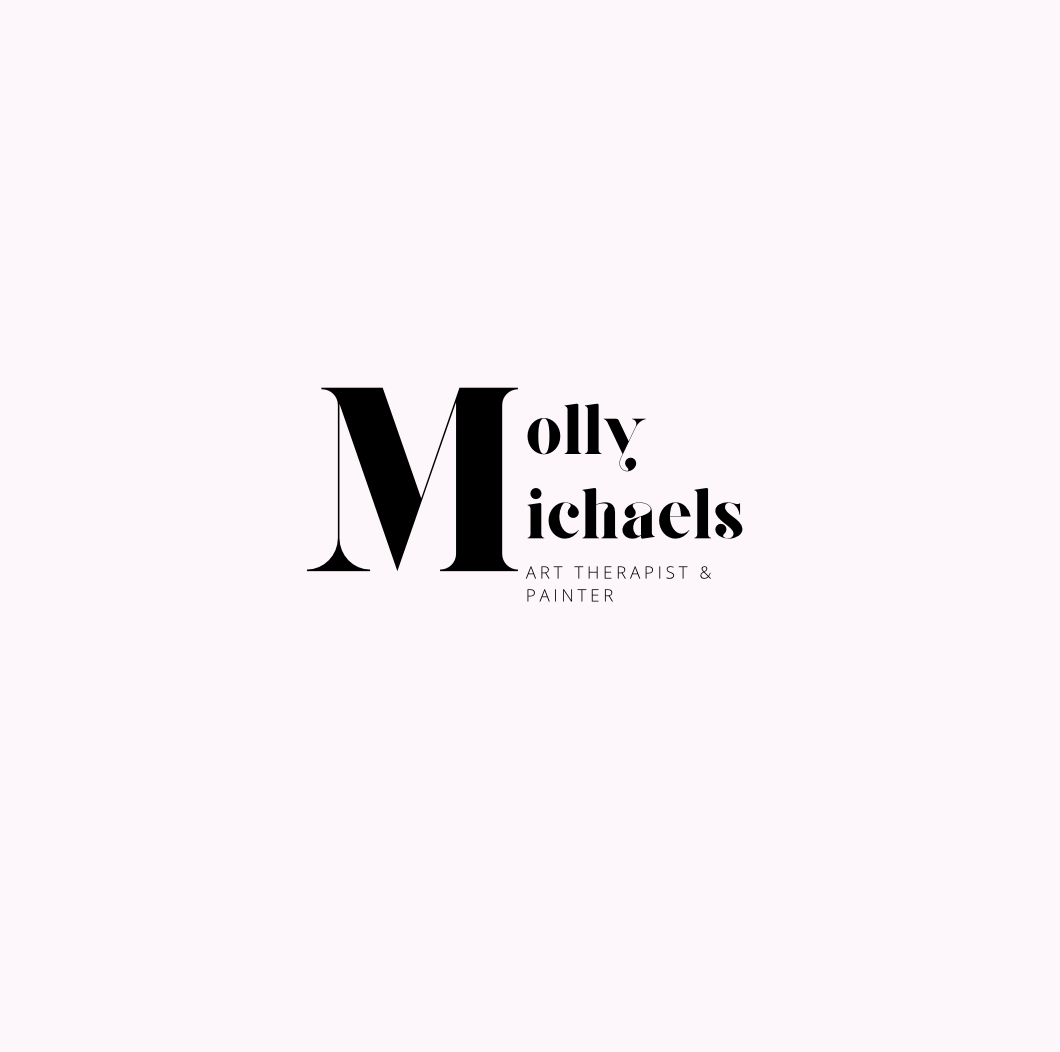5 Ways Art Therapy Can Help LGBTQ+ Individuals with Mental Health
- Molly Michaels

- Apr 14, 2023
- 1 min read
Art therapy is a powerful tool for healing and self-expression. As a young queer art therapist, I've seen firsthand how art can help LGBTQ+ individuals navigate mental health challenges. Here are 5 ways art therapy can help.

Explore identity: Art therapy can provide a safe and supportive space to explore and express one's gender and sexual identity through art making. It can help individuals gain a better understanding of themselves and their identity.
Process trauma: LGBTQ+ individuals are more likely to experience trauma and discrimination, which can lead to mental health challenges. Art therapy can help individuals process their trauma and express their feelings in a safe and non-judgmental environment.
Improve self-esteem: Art therapy can help individuals develop a greater sense of self-awareness, self-acceptance, and self-esteem. It can also help individuals develop a positive relationship with their bodies, which can be especially important for transgender and gender non-conforming individuals.
Foster connection: Art therapy can help individuals connect with others and develop a sense of community. It can also provide a space to express one's feelings and experiences with others who may have similar struggles.
Develop coping skills: Art therapy can help individuals develop coping skills to manage anxiety, depression, and other mental health challenges. It can also provide a sense of control and empowerment over one's emotions and experiences.
Overall, art therapy can be a valuable tool for LGBTQ+ individuals to improve their mental health and well-being. If you are interested in exploring art therapy, reach out to a qualified art therapist who has experience working with LGBTQ+ individuals.

Stitching Together: Exploring Queerness and Feminism Through Mixed Media Fabric Art: Molly Michaels, Spring 2022






Comments